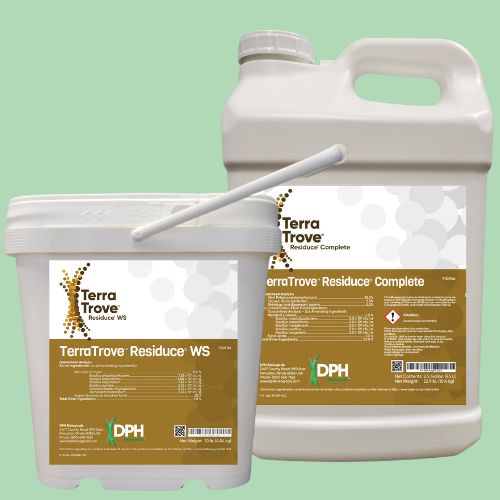An Erie Feeling For Ag
Plenty of water issues have been in the news lately, including the continuing drought in California. For agriculture, however, perhaps the most significant water story of the past few months could tie back to one coming out of the Great Lakes region.
In early August, an unexpectedly large bloom of algae in Lake Erie was discovered. When these organisms died, they released toxins into the water high enough to cause the city of Toledo, OH, to ban all water usage for approximately one week. This affected more than 500,000 Ohioans and caused the state’s governor to declare a state of emergency in three counties.
By the middle of August, the crisis had passed. Ultimately, investigators blamed the algae outbreak on “unusually warm weather and calm winds caused the water to warm and promote algae growth.”
Others, however, were quick to point the finger of blame at agriculture. “In the case of Toledo and Lake Erie, the solution is simple: Stop using chemical agriculture anywhere near Lake Erie,” wrote one critic in an online post. “Once the flow of phosphorus into the lake water is sharply reduced or ended, the algae blooms are averted and the water is once again safe to drink.”
According to Doug Busdeker, farm center area manager for The Andersons, Inc. (which is based in nearby Maumee, OH), it is generally accepted that agriculture contributes approximately 50% of the phosphorus loading into the Maumee River (although this percentage drops substantially as the water flows in the lake). “The rest probably comes from lawn fertilizer companies and residential sources,” says Busdeker. “Unfortunately, the Western Basin is rather shallow, only averaging 25 feet, so when the weather warms up, all the rivers that feed into it can cause an algae bloom like the one we saw in August.”
Despite these facts, agriculture seems to be the only phosphorus user squarely in the cross-hairs at the moment. In mid-August, Adam Rissien, director of agricultural and water policy for the Ohio Environmental Council suggested that state lawmakers ban the use of fertilizer during winter months and declare Lake Erie “a distressed watershed.” According to Jack Fisher, executive vice president of the Ohio Farm Bureau Federation, such a move is worth discussing, “but might not justify [the] extra costs that would be forced upon farmers.”
To combat this kind of talk, The Andersons’ Busdeker suggests growers adopt certain practices to curb runoff. This includes not applying fertilizer on frozen ground, making sure phosphorus is incorporated into the soil quickly once applied, performing regular soil tests to check phosphorus levels and planting cover crops to slow phosphorus movement.
I agree. If agriculture isn’t proactive when it comes to protecting the nation’s watersheds, the Erie feeling currently being felt in Ohio could easily spread across the entire country.






